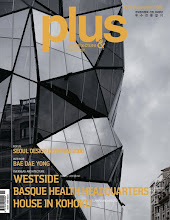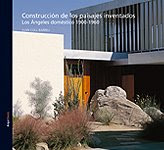Tuesday, June 11, 2013
Invisible architecture? / ¿Arquitectura invisible?
John Howell, a Professor of Physics at the University of Rochester, decided to tackle an unusual DIY project. With the help of his 14 year-old son, Benjamin, he built three simple, but surprisingly effective optical cloaking devices with inexpensive, off-the-shelf materials. Cloaking is a common topic both in popular culture and in the scientific community. Cloaking means hiding an object from view at specific frequencies, and different types of cloaking have been recently demonstrated in labs around the world.
Howell and his son built three different devices to show that it is possible to do optical, unidirectional cloaking cheaply, and for large objects. Logically, I wonder greedily how can we transform the architecture with this...
John Howell, un profesor de física en la Universidad de Rochester, decidió abordar un inusual proyecto de bricolaje. Con la ayuda de Benjamin, su hijo de 14 años de edad, construyó tres simples pero sorprendentemente eficaces dispositivos ópticos de camuflaje con materiales baratos y accesibles. La invisibilidad es un tema común en la cultura popular y en la comunidad científica. Invisibilidad significa ocultar un objeto de la vista en frecuencias específicas. Diferentes tipos de encubrimiento se han probado recientemente en los laboratorios de todo el mundo.
Howell y su hijo construyeron tres diferentes dispositivos para mostrar que es posible construir una ocultación óptica, unidireccional y barata que funciona con objetos grandes. Lógicamente, me pregunto codiciosamente cómo podemos transformar la arquitectura con esto...
Subscribe to:
Post Comments (Atom)

















No comments:
Post a Comment